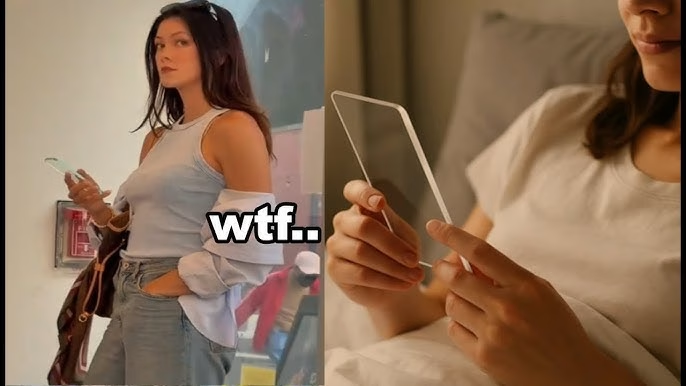Introduction: The Viral Sensation
In an era where tech innovation thrives on virality, the “Methaphone” recently captured global attention. This sleek, transparent smartphone concept sparked debates, dreams, and disbelief. But what exactly is the Methaphone—and why did it leave the internet both enthralled and duped?
What Is the Methaphone?
The Methaphone emerged as a futuristic concept: a fully transparent smartphone with a see-through display revealing its internal components. Rendered in glossy promotional videos and images, it promised a sci-fi aesthetic, blending minimalist design with cutting-edge tech. While its name (a likely portmanteau of “meta” and “phone”) hinted at a conceptual leap, it was not an official product but a speculative design, possibly created by independent artists or marketers capitalizing on the tech trend.
The Hype and the Reality
Social media platforms like Twitter and TikTok amplified the Methaphone’s allure, with users marveling at its “holographic” UI and glass-like chassis. Tech influencers speculated about features like under-display cameras and wireless charging—igniting a frenzy. However, skepticism soon followed. Experts noted the impracticalities: batteries, circuits, and cameras can’t be made transparent with current technology. The Methaphone was debunked as a conceptual render, not a tangible device—a modern-day tech mirage.
The Allure of Transparent Tech
Why does tech fascinate us? From Nothing Phone’s back panel to Xiaomi’s Transparent TV, the appeal lies in merging form and function. Transparent designs evoke a sense of sophistication and futurism, symbolizing technological “invisibility.” For brands, it’s a marketing goldmine—leveraging novelty to generate buzz, even if the product isn’t real.
Technical Challenges
Creating a fully transparent phone remains a pipe dream. Key hurdles include:
-
Components: Batteries, processors, and cameras require opaque materials.
-
Durability: Glass-like materials risk fragility and fingerprints.
-
Cost: Advanced materials like transparent OLEDs are prohibitively expensive.
While partial transparency (e.g., back panels) is achievable, a fully clear device is years away—if possible at all.
Lessons from the Methaphone Hoax
The Methaphone saga underscores the power—and pitfalls—of viral tech culture. It highlights how:
-
Aesthetic renders can masquerade as reality, exploiting our desire for innovation.
-
Critical thinking is crucial. Always verify sources before sharing “leaks.”
-
Companies may use concepts as stealth marketing, testing interest without commitment.
Conclusion: The Future of Transparent Phones
While the Methaphone was a fantasy, it reflects our hunger for the next big thing. As tech evolves, semi-transparent designs may become mainstream, but full transparency will require breakthroughs. Until then, let the Methaphone remind us to marvel responsibly—balancing wonder with scrutiny.
Engage With Us
Would you buy a transparent phone if it existed? Share your thoughts below, and stay tuned for more tech insights that separate hype from reality!
What Is Methaphone? Internet Fooled by Clear Phone Hoax
It looked futuristic, sleek, and too good to be true—and that’s because it was. The so-called “Methaphone” took the internet by storm, showing what appeared to be a fully transparent, working smartphone. Users were stunned. Some thought it was a revolutionary leap in tech. Others just wanted to know how it worked. But as it turns out, the Methaphone was nothing more than a brilliantly executed hoax.
The viral clips showed a crystal-clear phone being held up in various environments, seemingly functioning like a normal smartphone. You could see the background through it. It lit up. It responded to touch. But the closer you looked, the more it didn’t add up.




